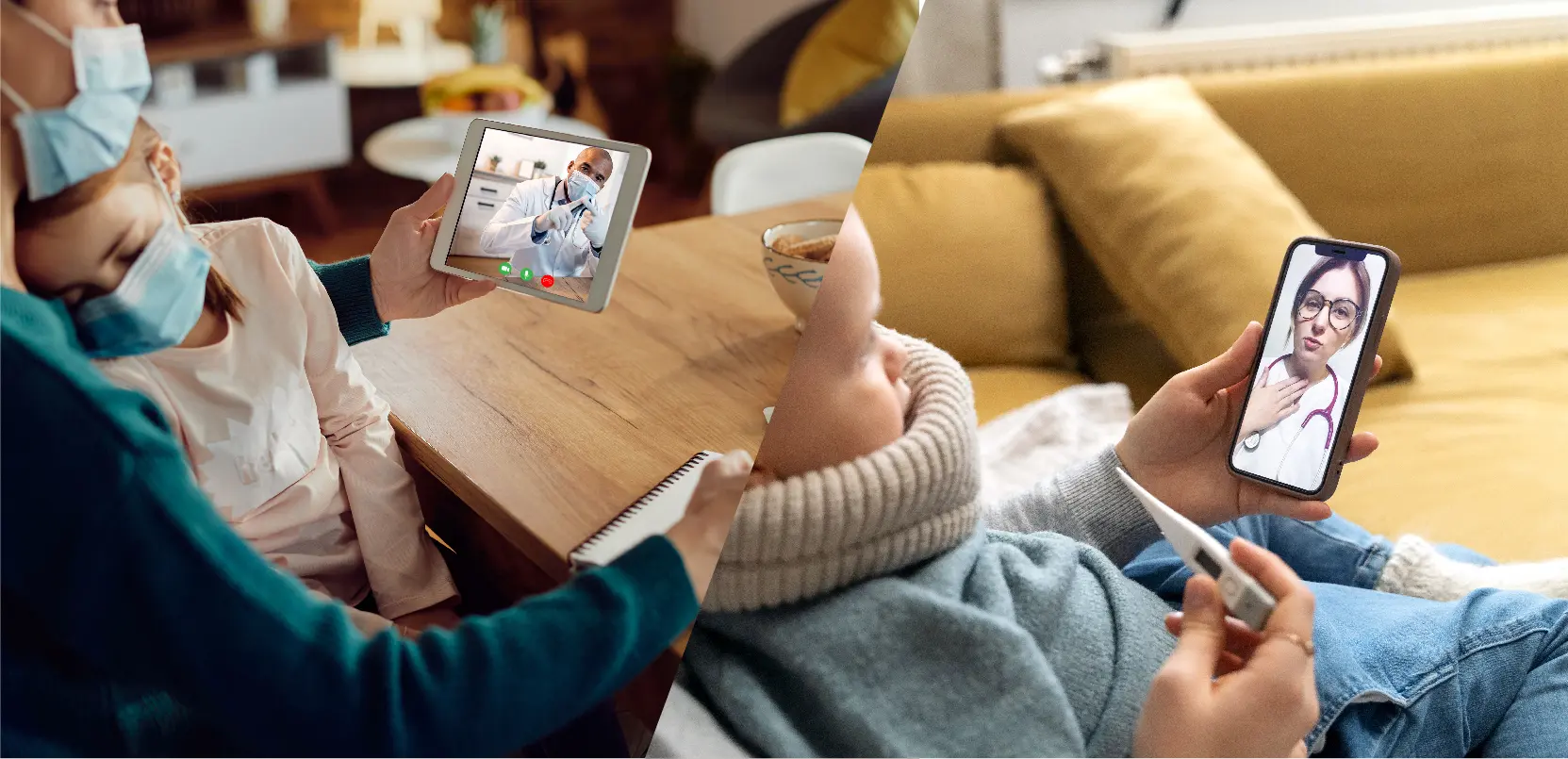

Ever since the rise of telehealth has made home health services more accessible and convenient for patients. The use of telehealth options has undoubtedly improved reimbursements for healthcare providers, but when it comes to billing for home health services, it’s not always a walk in the park.
With the constant changes in CMS (Centers for Medicare & Medicaid Services) guidelines related to home health procedures, healthcare providers are on the lookout for the right guidance. They need assistance in navigating the complex world of billing and ensuring they use the cpt codes for home health.
it’s about securing the means for healthcare providers to deliver crucial care to patients in their homes while keeping their financial footing steady. So, let’s take a deep dive into the world of home health CPT codes
To be eligible for home healthcare reimbursements, it’s crucial to determine if your Home Health Agency (HHA) meets the necessary qualifications. Your practice’s ability to benefit from healthcare reimbursements hinges on understanding the scope of services offered under Medicare Parts A and B. This knowledge is vital for ensuring that your HHA is in a position to receive these reimbursements, thereby securing the financial benefits they offer.
In a significant development that took effect on January 1, 2023, the Centers for Medicare & Medicaid Services (CMS) ushered in a fresh wave of changes by introducing new Medicare G codes pertaining to remote patient monitoring (RPM) services within home health. These newly introduced cpt g codes serve a crucial informational role but came with a twist – CMS at first was not providing reimbursements for them.
However, here’s where it gets interesting: from July 1, 2023, these codes become more than just informational; they will transition into mandatory components for all home health agency (HHA) RPM programs. It’s a transformative shift that healthcare providers in the home health sector need to be aware of and adapt to as we delve into this CMS update on CPT code for home health.
G CPT codes | Description |
G0320 | Telehealth services with audio and video |
G0321 | Audio-only telehealth services |
G0322 | Remote patient monitoring |
Now, let’s delve into how these gcode cheat sheet work and in which conditions they are typically used:
G0320 – Telehealth services with audio and video:
G0321 – Audio-only telehealth services:
G0322 – Remote patient monitoring:
When it comes to reporting remote patient monitoring on your healthcare claim, there are a few simple rules to follow for accurate billing. Let’s break it down:
Starting Date for Remote Patient Monitoring:
For remote patient monitoring services, use the very first date when you began monitoring the patient’s health remotely.
The number of units should reflect the total number of days you’ve been monitoring the patient.
Date and Time for Telehealth Encounters:
When using the other two codes (for telehealth with audio and video or audio-only telehealth), report the date when the virtual encounter happened.The units should indicate the time spent in 15-minute increments during those visits.
Now, here’s the key takeaway: These telehealth services should always be a part of the patient’s care plan, prescribed by a physician, and carried out as per their instructions.
CMS (Centers for Medicare & Medicaid Services) addressed a common question in the home health industry. CMS’s response is clear: No, you should not file a 30-day claim if there are no other skilled services to report.
In essence, if a home health agency’s claim only involves these specific G-Codes and no other skilled services are provided, CMS advises against submitting such a claim. This guidance is aimed at streamlining the billing process and ensuring that claims accurately reflect the services rendered, avoiding unnecessary paperwork for both healthcare providers and CMS.
Understanding how Medicare pays for telehealth services in the home health field is essential for ensuring patients receive the care they need, and providers get compensated properly. Let’s break down how it works:
Part A Services:
Part B Services:
Talk to an Expert Now